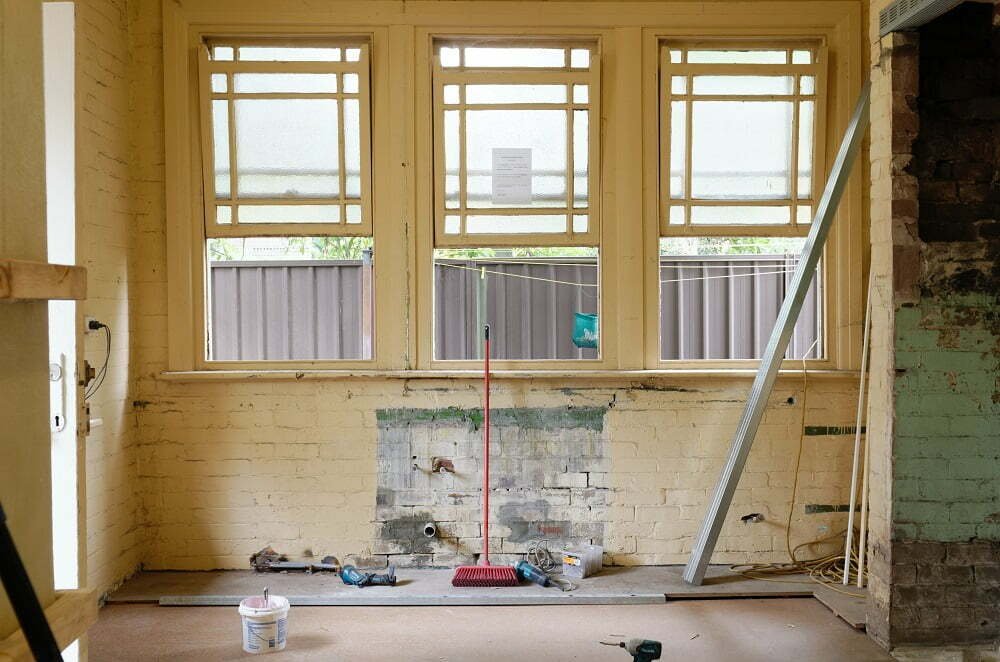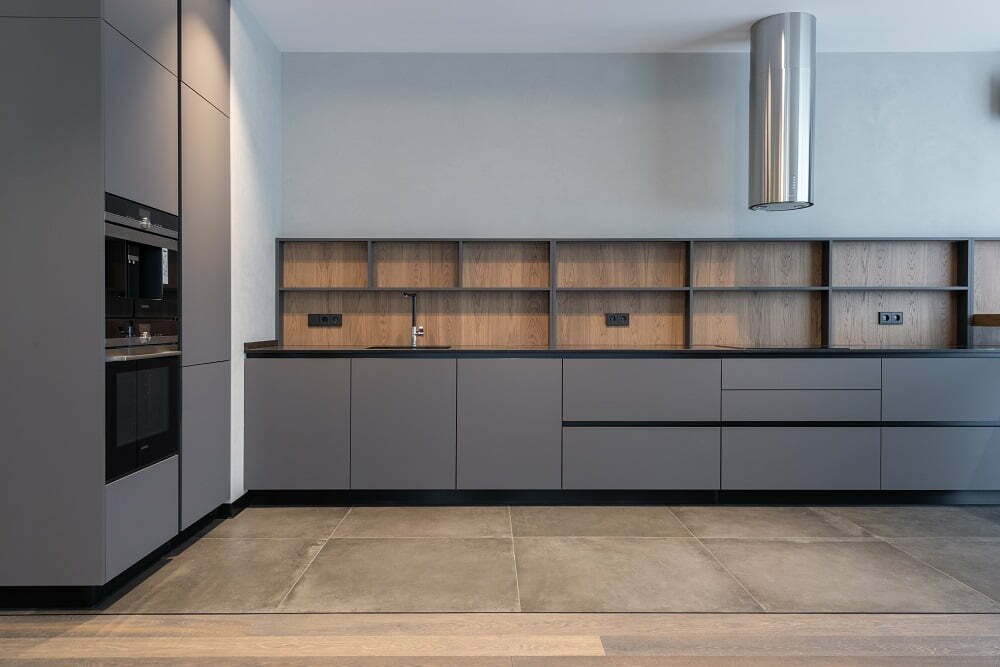Remodeling the house can be a very messy business. First of all, it requires a proper plan which will ensure your remodeling project raises the value of your home as much as possible.
Then you need to find the right designers to take care of the creative part of the job and the right contractors to make sure it is executed to perfection. However, it isn’t easy to handle all that planning, especially if you are taking on a remodeling project for the first time.
Still, home remodeling is an excellent opportunity to improve your home’s practical, quality-of-life aspects. There’s one big piece of advice to consider first. Before you go for the low-hanging fruit, think about what annoys you about your home and if there are ways you can make those annoyances go away during remodeling.
That leads us to our subject of the day — flexible ducts and the importance of planning for them. Installing flexible ducts during remodeling is a great idea, and we’re going to discuss their advantages before focusing on four general tips you should follow when installing them.
Why flexible ducts are great for remodeling

The first most appealing advantage to people is that flexible ductwork is more affordable than its solid counterparts. The materials used in their manufacturing and their flexibility allows shortening their overall length throughout your home, cutting down the cost significantly.
Furthermore, the installation process is much faster and easier to pull off. Regardless of what space we’re talking about, there isn’t a more straightforward way to resolve the issues of quality airflow through your house or apartment.
The fact that the installation process is much quicker and easier means that the cost of labor will be lower as well as the contractors will bill fewer working hours on this task. While that all sounds pretty straightforward, there are a few things you should keep an eye on when installing flexible ducts during your remodeling project.
Efficiency in length improves airflow
The most common mistake when installing flexible ducts is not being efficient with their length. It’s easy to use more material than you need, leaving the ducts wobbly as they have more length than necessary. That can present a problem due to two main factors:
- Length — The longer the vent is, the longer the air has to travel to reach its exit point, making the process less efficient.
- Friction with the ribs — When not stretched tight, the ducts create more friction with their ribs and obstruct the airflow.
When installing flexible ducts, strive for straight lines as much as possible and plan for them in advance. Use floor trusses whenever this is an option and create chases to carry them. Finally, ensure that the ducts are stretched tight to avoid airflow issues.
Use mastic to seal the ducts
Sealing the ducts should go without saying, but you’d be amazed how often this is the main issue with freshly installed ducts. It would be best to use UL-181-rated duct mastics to seal your flexible ducts. On top of that, you should cover each connector point with tie wraps to ensure they are airtight.
Your ducts should go through condition space whenever possible. In cases where this isn’t possible, make sure that they are sealed to ensure the maintenance of air conditioning and provided with insulation that prevents ambient air from messing with the thermal balance of your ducts.
Problematic kinks and turns

It’s pretty standard for sharp turns to compromise the airflow in a duct. It can cause comfort-related issues, so check for this before the drywall goes up. Some locations are simply problematic when it comes to this, but with good planning and coordination between sub-trades working within the same space, you can achieve it.
Kinks are easier to recognize and sort out, but sharp turns can be more challenging to spot. If you can’t avoid bends and turns, make sure that their radius at least matches that of the duct. You can ensure that bends meet this proposed standard by installing metal elbows in places needed.
Make sure that the ducts are supported
We’re all aware that the spaces through which ducts go will not always be ideal, which means that sometimes the ducts will need to go up and over obstacles to be installed. You’ll have to provide proper support for your ducts in such cases.
You should add supports no more than four feet from each other. These supports should be at least one and a half inches wide and if you run into sharp turns, use additional support before and after it.
Don’t allow the support straps to mess with the airflow due to being too tight, and don’t let supports mess with the insulation as that can create conditions for mold to develop.
Conclusion

There are more than a few advantages to using flexible ducts, but you need to do it right. Many people fail to keep up with the best practices for their installation and conclude that they are not worth it.
Flexible ducts are cheaper, easier to install and fix, require less labor, and can be adapted to fit in almost any space. Just ensure you keep up with the best practices, and they will serve you very well at a fraction of the cost.
Read More Here



